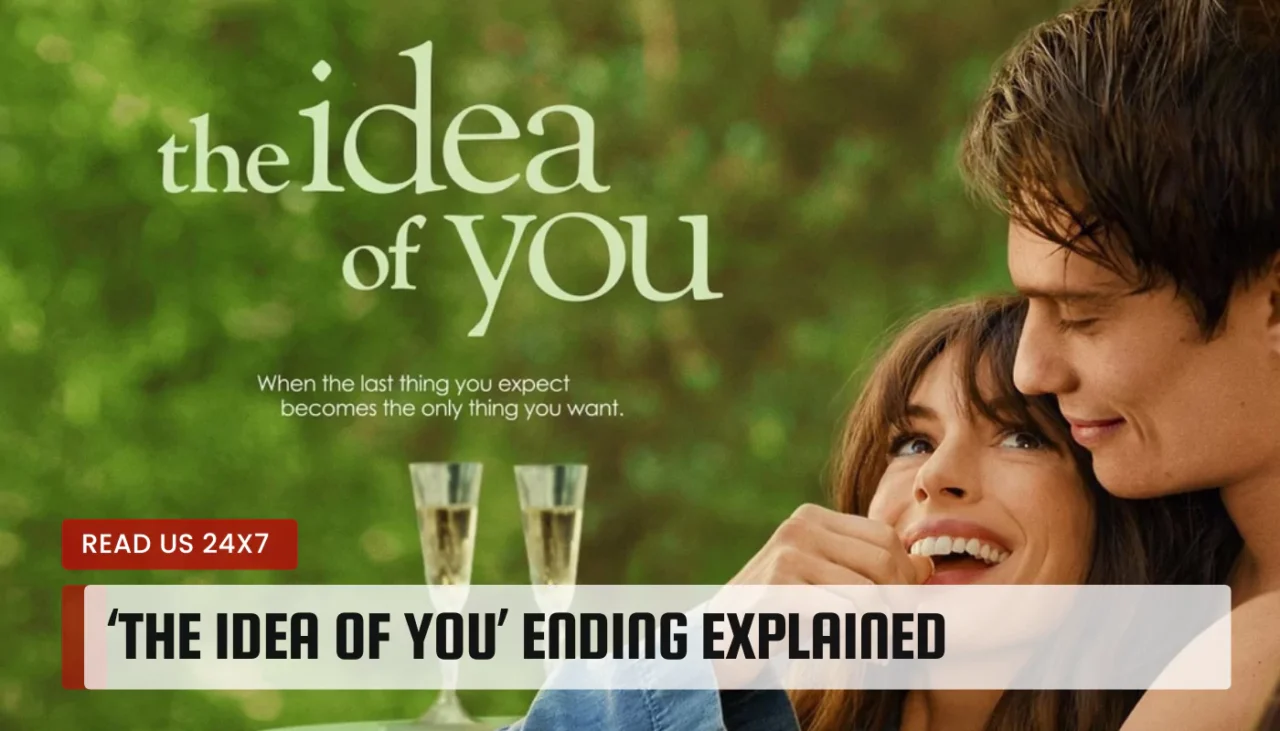In the novel The Idea of You, author Robinne Lee takes readers on an emotional rollercoaster, exploring love, fame, and the complexities of relationships. The novel’s ending leaves readers with lingering questions and a sense of both satisfaction and longing. In this article, we’ll delve into the different endings presented in the book and its movie adaptation, analyze character choices, and discuss the impact on the narrative.
At the heart of The Idea of You lies the passionate relationship between Solène Marchand, a forty-year-old art gallery owner, and Hayes Campbell, a twenty-year-old boy band heartthrob. Their love defies societal norms and expectations, but it also faces challenges due to their age difference and the pressures of fame. As readers, we’re left wondering: What happens to Solène and Hayes? Does their love survive the odds?
Book vs. Movie: Variations in Endings
Relationships: Solène and Hayes in Different Mediums
In the book, Solène and Hayes share intense moments of connection, vulnerability, and desire. Their chemistry leaps off the pages, and readers become emotionally invested in their love story. However, the movie adaptation takes a slightly different approach. While the passion remains, the visual medium allows for nuanced expressions and gestures that deepen our understanding of their bond.
Adaptation Choices: Reasons Behind the Altered Ending
The movie’s ending diverges from the book, leaving viewers with a bittersweet taste. Why did the filmmakers choose this path? Perhaps they aimed to evoke a more realistic portrayal of love—one that acknowledges life’s complexities and doesn’t always tie things up neatly. By altering the ending, they invite audiences to reflect on their own experiences and relationships.
The Cinematic Conclusion Unveiled
Reunion Years Later: Deciphering the Movie’s Climax
In the movie, we witness a reunion between Solène and Hayes years after their initial affair. Their eyes meet across a crowded room, and the tension is palpable. But what does this reunion signify? Is it a chance for redemption, closure, or a new beginning? The ambiguity leaves room for interpretation, allowing viewers to fill in the gaps with their own emotions.
Interpretations: Analyzing the Shift in Narrative
The novel’s ending is more definitive, providing closure for Solène and Hayes. However, the movie’s open-ended conclusion invites us to consider the impact of timing, missed opportunities, and the fleeting nature of love. It’s a departure from the traditional happily-ever-after, urging us to appreciate the beauty of imperfect connections.
Literary Finale Dissected
Separation: Understanding Solène’s Decision
In the book, Solène makes a heartbreaking choice—to let Hayes go. Her decision is rooted in selflessness and a desire to protect him from the scrutiny of their relationship. As readers, we ache for her sacrifice, but we also admire her strength. The movie hints at this sacrifice but leaves it more enigmatic, allowing us to ponder the weight of her choice.
The Act of Ghosting: Consequences and Implications
Hayes’s disappearance from Solène’s life—his ghosting—leaves a void. Whether in the book or the movie, this absence reverberates. It speaks to the pain of lost love, unfulfilled promises, and the haunting memories that linger. Solène’s journey becomes a universal one: How do we move forward when someone we love vanishes?
Conclusion: Public Perception and Narrative Impact
The Idea of You resonates with readers and viewers alike because it taps into our collective longing for connection, passion, and authenticity. Whether through the written word or on-screen, Solène and Hayes remind us that love is messy, beautiful, and sometimes heartbreaking. As we reflect on their story, we recognize our own vulnerabilities and the power of love to shape our lives.
In the end, The Idea of You leaves us with questions unanswered, emotions stirred, and a yearning for more—a testament to its impact as both a novel and a movie adaptation.



